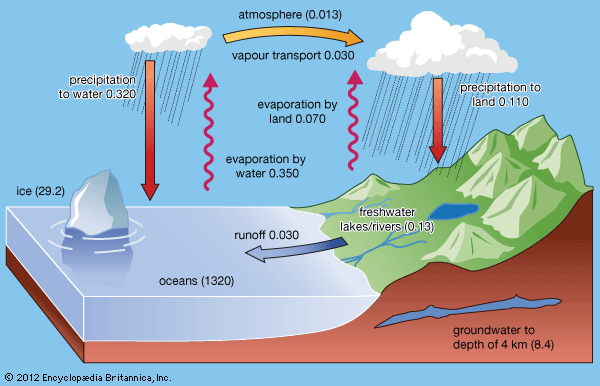
Cooler air condenses more easily, forming droplets (or if even colder, crystals). Why does this matter? Because as rain-carrying winds cross land, they rise when encountering a mountain. This is because our mountains are much older and have eroded away. Europe's 10 highest mountains range between 4,545 and 5,642m. What about rainfall on either side of a mountain range? Can you see areas where this is obvious?Īustralia is a very flat country.How do the topography and climate zones match up with the rainfall? (Is the rainfall higher in the tropics? Is it lower in the arid zones?).Compare Australia’s highest mountain to Mt Everest and some others in the world.Where are the highest mountains? The lowest areas? Why do you think Australia is so flat?.The Bureau of Meteorology's Australian average annual rainfall map and climate classification map. The warm dry air at these latitudes then increases evaporation, which leaves the land underneath even drier. In these latitudes, winds may also be less strong and don’t blow as much moisture from the oceans onto land. As the remaining drier air moves away from the equator and sinks it becomes denser and warmer.

These are caused as trade winds collide and storms around the equator cause the air to rise very high and cool, causing most of the rain to fall nearby in the tropics. At these latitudes, there are belts of high pressure in the atmosphere. The dry regions are roughly at 30 degrees north or south of the equator.
What conclusions can you draw from all this data?. Where is it consistently hottest? Coldest?. Where is the most water in the atmosphere? Do they line up?. Where is it most/least cloudy throughout the year?. NASA’s 2000-2017 land surface temperature animations and this video showing 2017 in detail.Ī world deserts map, such as this example from National Geographic. NASA earth observatory’s cloud animation and global water vapour animation. To assist them, the following questions (per topic) are provided on their worksheet. Prepare to view NASA’s Earth’s Water Cycle videoĭo: Small groups of students each investigate and each produce a 5 minute presentation to the class on 1 of the 5 factors influencing water availability globally and in Australia: location, topography, seasonality, variability and evaporation. 
ACHGK039 – The quantity and variability of Australia's water resources compared with other continents.
 ACHGK038 – The way that flows of water connects places as it moves through the environment and the way this affects places. ACHGK037 – Classification of environmental resources and the forms that water takes as a resource. ACSSU116 – Some of the Earth's resources are renewable, including water that cycles through the environment. understand that Australia has a limited and variable water supply. understand factors that influence the water cycle in nature. Outcomesīy the end of this resource, students will: They also learn how much of the water becomes accessible, and predict issues this causes (see the next unit, availability of water). These activities guide students as they investigate and discover which parts of the world, and of Australia, receive the most reliable rainfall.
ACHGK038 – The way that flows of water connects places as it moves through the environment and the way this affects places. ACHGK037 – Classification of environmental resources and the forms that water takes as a resource. ACSSU116 – Some of the Earth's resources are renewable, including water that cycles through the environment. understand that Australia has a limited and variable water supply. understand factors that influence the water cycle in nature. Outcomesīy the end of this resource, students will: They also learn how much of the water becomes accessible, and predict issues this causes (see the next unit, availability of water). These activities guide students as they investigate and discover which parts of the world, and of Australia, receive the most reliable rainfall.







 0 kommentar(er)
0 kommentar(er)
